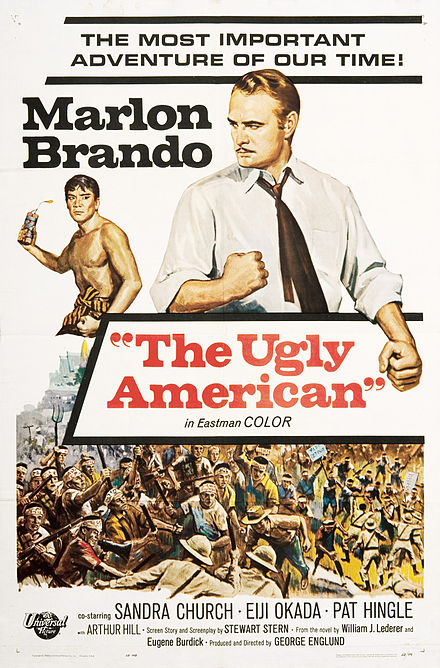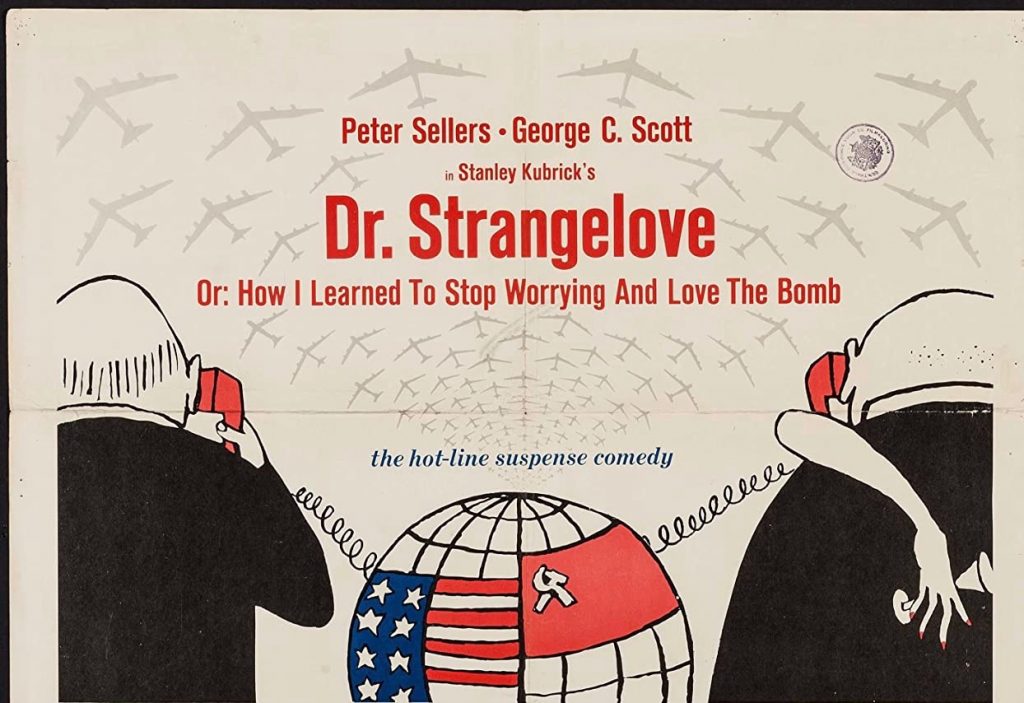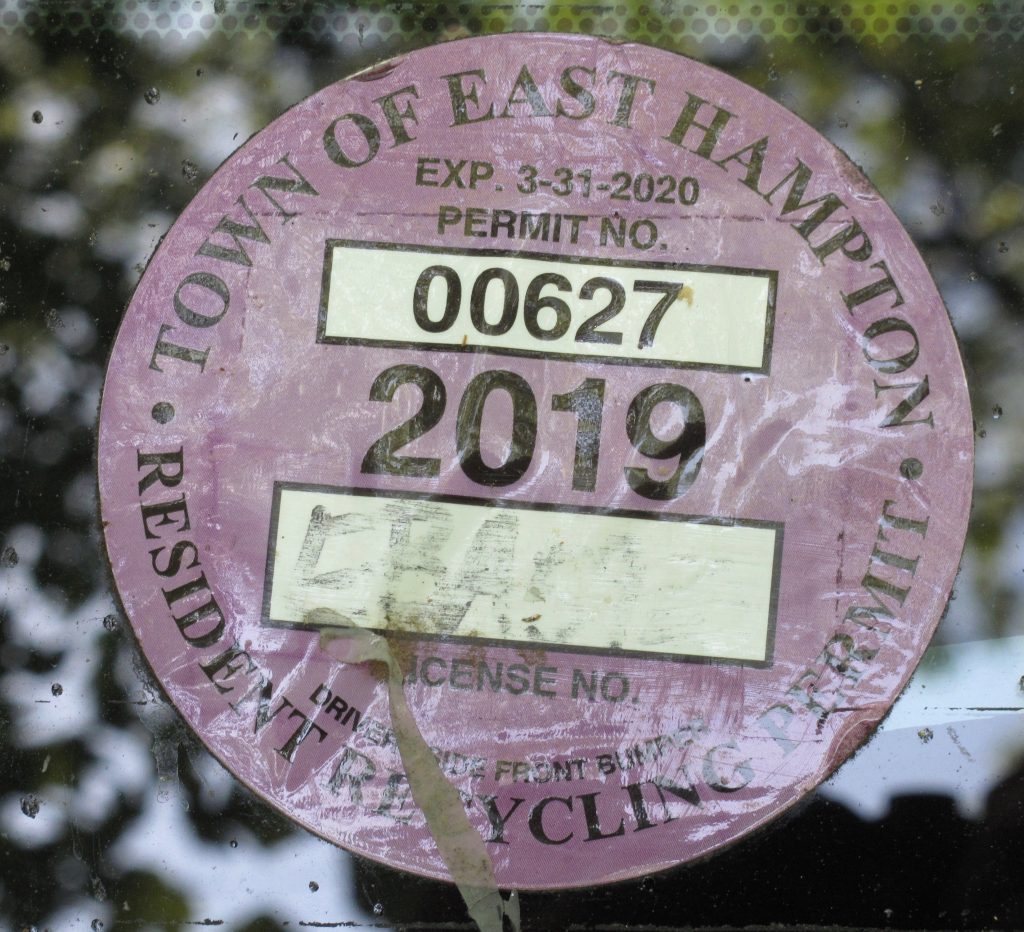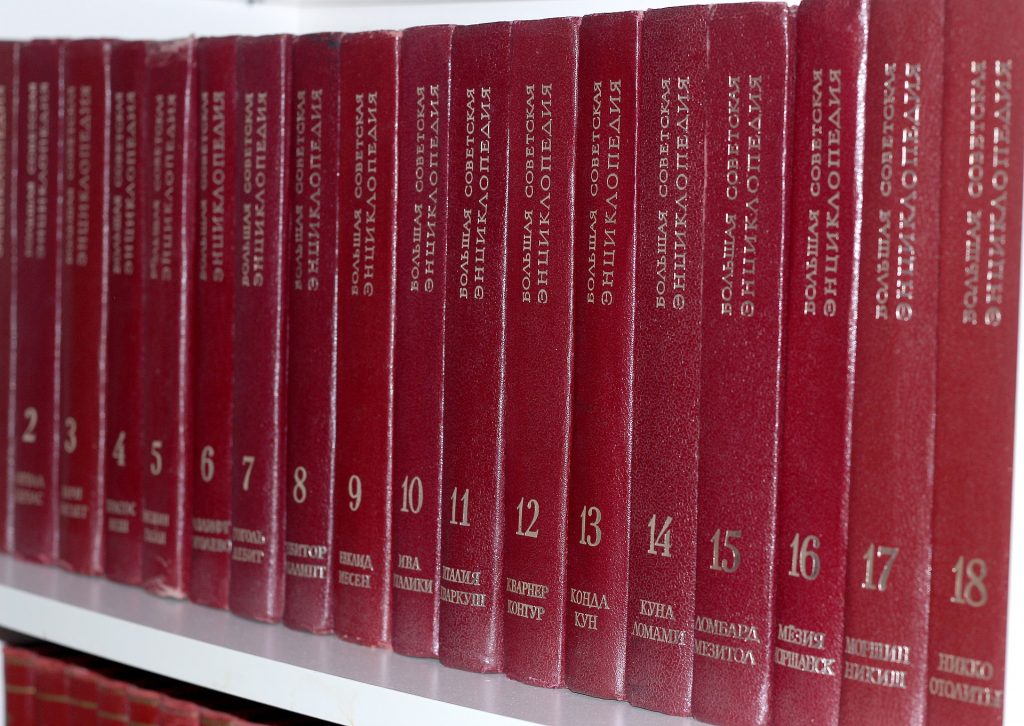
Thursday, June 25
In Mexico during the 1980s, I encountered other travelers from a variety of places—England, New Orleans, you name it. Among them were two women who seemed a bit withdrawn, prickly, even unfriendly. They spoke English, but with an accent that I couldn’t easily place. After a while it came out: They were South African.
They could have had any number of reasons for staying a bit apart. But I believed that they were embarrassed by their country’s policy of racial oppression, apartheid. Maybe they were secret supporters of the liberation struggle. Maybe Nelson Mandela was a family friend. Who knows? But I think they felt that non-South Africans would regard them as something like neo-Nazis. They probably felt themselves to be pariahs—people who others would shun once their nationality became known.
This could be the fate facing Americans if we ever travel again.
The European Union is preparing to ban American travelers when it reopens its borders on July 1, lumping the U.S. in with Russia and Brazil in terms of countries that have failed to stop the spread of the coronavirus. First, the U.S. banned EU tourists in mid-March, angering political leaders. Now, Europe has largely contained COVID-19, while new cases in the U.S. are increasing in number. Sweet revenge will prevail, as John Prine once sang.
The EU is considering two draft lists of permissible travelers, and U.S. tourists are included on neither, according to The New York Times.
Moreover, Trump’s disgraceful behavior, and that of his yobbish fans, is sufficient reason for non-Americans to regard us warily. Oh, they may well think: You are the type of people who automatically regard Mexicans as rapists and Central Americans as diseased. Maybe you too hate Angela Merkel and Justin Trudeau while admiring Vladimir Putin and Kim Jong-un.
We were in Scotland a few years ago, and we rushed to make it clear to our B&B hosts and others that we were non-fans of the Orange man. I think they accepted what we said, and quickly changed the subject to an explanation of Scottish ways and a discussion of places we might like to visit. Oh, are you golfers? We had to make it clear that we weren’t—another reason to find us objectionable.
So, compatriots, steel yourselves for Ugly American status. Maybe you could wear a Black Lives Matter T-shirt or attach a Bernie Sanders bumper sticker onto your rental car. Or maybe COVID-19 will prevent you from ever again traveling abroad.
Tonight’s dinner: Black beans and rice, lettuce and avocado salad.
Entertainment: Concluding episodes of season two of Broadchurch.










